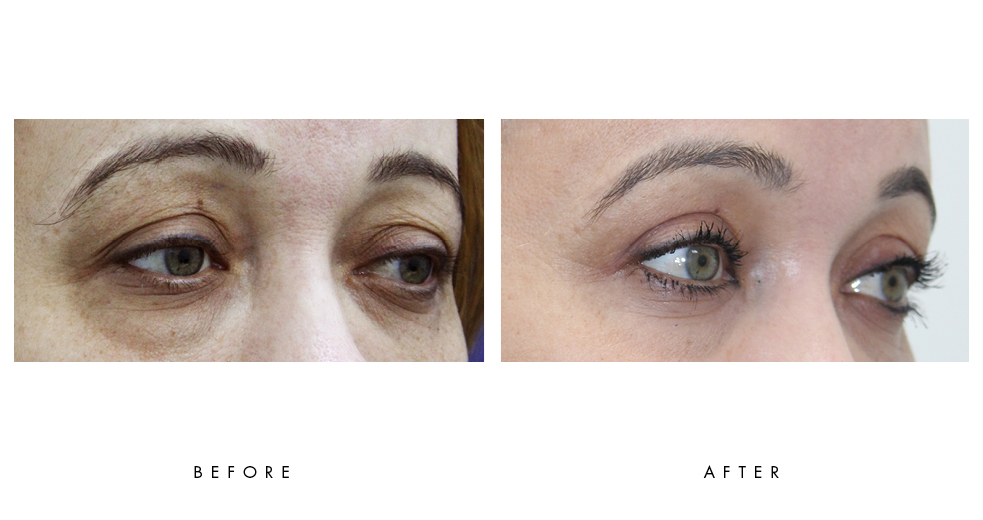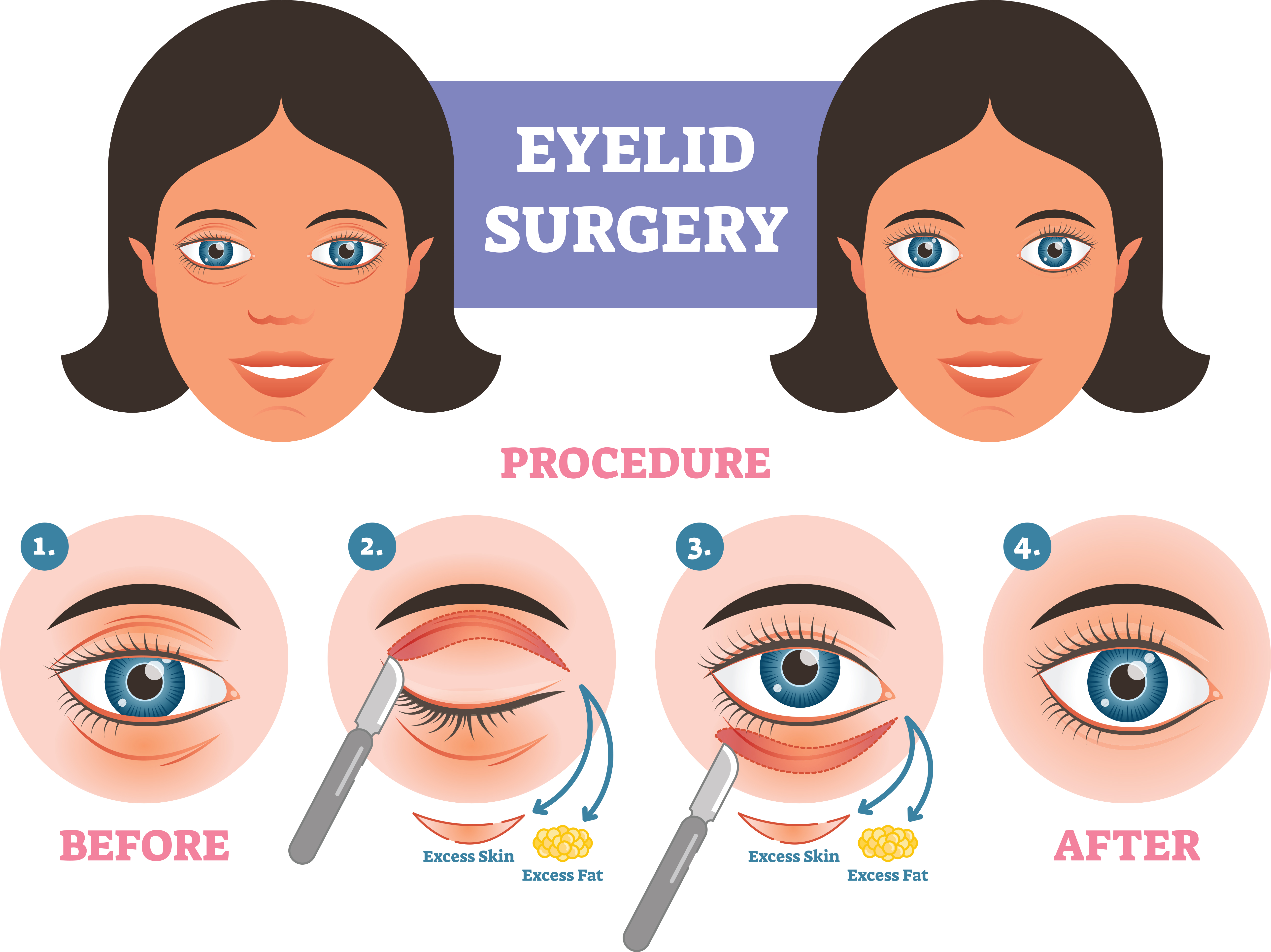FACIAL SURGERY /
Eyelid Lift
Table of Contents
Eyelid surgery – What is it?
Also known as blepharoplasty, is a procedure used to improve the look of the upper or lower eyelids to give you a more youthful appearance.
Eyelid surgery – Advantages:
- Removal of the excess skin on the upper or lower eyelids that can make you look tired and even affect your range of vision.
- Treats the bags of fat under the eyes that can make you appear tired.
- Improves the weakness in the muscles of the lower eyelid that results in excessive exposure of the whites of your eyes.
Who is a good candidate for eyelid surgery?
- If you feel that excess skin or bags under your eyes make you appear tired or if you feel that your eyelids are heavy.
- If you do not suffer from any eye conditions.
- If muscle weakness in your upper eyelids results in drooping of your eyelid (in which case you are a candidate for a different procedure).
The Eyelid Surgery Consultation Process
During the consult, we will get to know one another and we will discuss:
- The reasons you are interested in getting a blepharoplasty, what expectations you have, what results you are looking to achieve and what can be done realistically to improve your appearance. (By coordinating expectations, we can increase your satisfaction and alleviate any worries you may have regarding the procedure.)
- Your health status and medical history, including any drug sensitivities you might have or what medication, if any, you take regularly and whether or not you smoke.
An examination of your eyelids and brows. - A complete explanation regarding the procedure, where the scars will be and the recovery process.
- It is important that you have a thorough understanding of the process prior to the procedure. It is natural to feel anxious or excited prior to our consultation.
- Understanding the process will help reduce anxiety. You are welcome to ask any questions you may have and discuss any anxiety you may have during the consultation.
How do I prepare for the procedure?
- We ask that you have blood tests prior to the procedure.
- Ophthalmological examination.
- In the event that you are taking medication on a regular basis, we will discuss this and determine if it should be adjusted for the procedure.
- Avoid taking blood-thinning medications such as aspirin, anti-inflammatory medications such as Nurofen, vitamin E and Omega 3 for two weeks prior to the procedure as they can increase the risk of bleeding.
- Reduce cigarette smoking as much as possible prior to the procedure.
- Make sure to arrange for a companion who can pick you up from the hospital after the procedure and who will stay with you for at least one night following the procedure.
Steps of the Eyelid Surgery Procedure
Step 1: Anesthesia
The procedure is performed either under local or general anaesthesia, according to the physician’s recommendations.
Step 2: The Incision
The incision is made in such a way that the scar will be hidden in the natural folds of the eyelid.
- In upper blepharoplasty, the incision allows for the removal of excess skin and fat.
- In lower blepharoplasty, the fat that causes the formation of the bags under the eyes can be removed through an incision in the conjunctiva thereby hiding any scars. Any excess skin is subsequently removed through an incision made under the lash line.
- In the event that there is a sunken area under the eyes, fat tissue can be transferred from elsewhere on the body to fill it in.
Step 3: Suturing of incisions
Incisions will be repaired using sutures that will be removed 7-10 days after the procedure. Sometimes resorbable sutures are used and no suture removal is needed.
Step 4: Results
The results will be apparent after the swelling subsides.
What should I expect from the recovery process?
- A cold compress should be placed on the area where the procedure was performed in order to reduce swelling and ointment will be put on the scars.
- Following the procedure, you will be transferred to recovery. You will be able to return home after a few hours of observation when you are sufficiently stable to leave. In the event that you wish to remain in the hospital for the night, we can arrange for that prior to the procedure.
- Before you leave, you will receive postoperative instructions as well as eye drops.
- You must put cold compresses on your eyelids and sleep with your head elevated for the first two days after the procedure.
- Avoid athletic activities during the first 6 weeks after the procedure, with the exception of walking.
- You may take pain medication according to the postoperative instructions you receive. Most patients find they need pain medication for 6 days following the procedure.
- Update your physician regarding any changes in your health status.
- Postoperative follow-up visits will be scheduled for one week, 3 months, 6 months and 12 months after the procedure.






